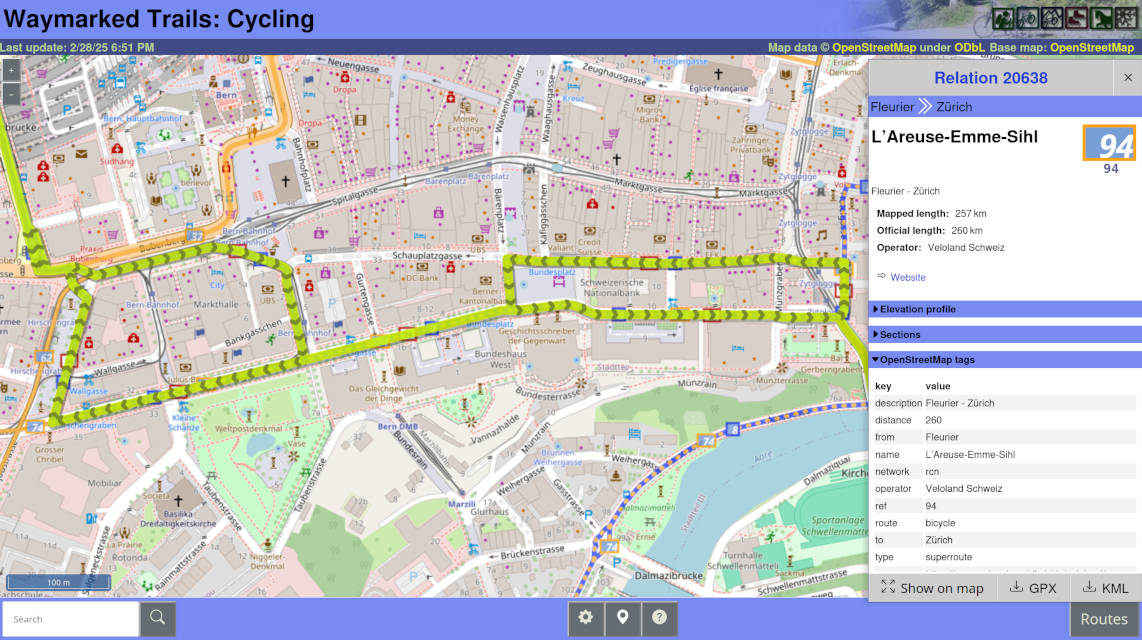Went back to Henderson to finalize the updates. I think i updated all i could with out starting to assume details. Also some mappers suggested straightening out the roads, so i did that across the entire town.
Final Edit:

as a reminder, this is how it started:











